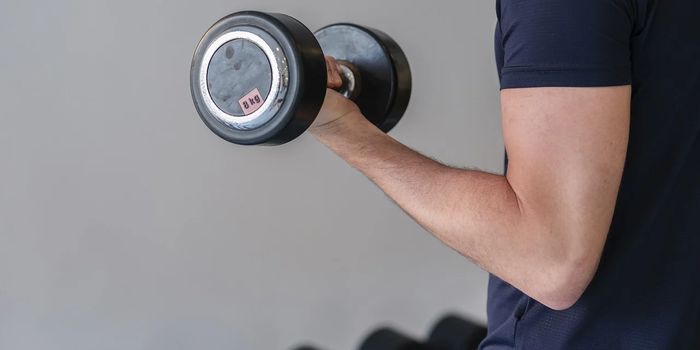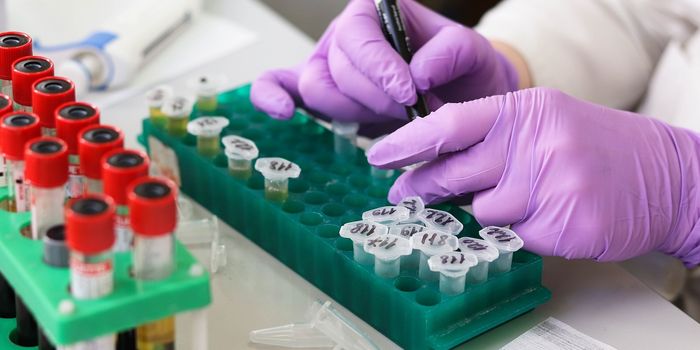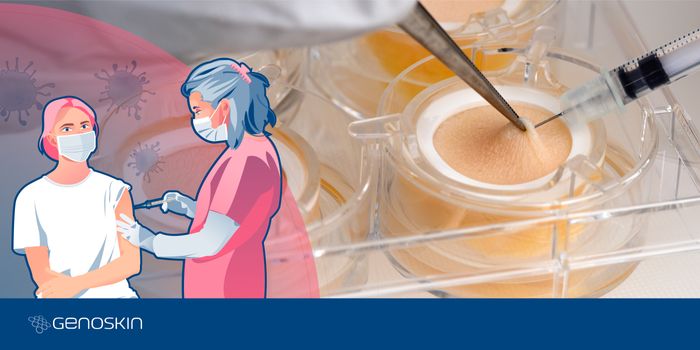Masking the Pathogen
Pathogens constantly threaten organisms of all sorts that they encounter. Luckily, for most organisms, their immune system is set up to destroy the pathogen, thereby removing the danger. Immune systems, over time, have evolved many characteristics that will allow them to be better equipped to ward off the pathogen. Unfortunately, the pathogens are also continuously changing in such a way to increase their odds at survival.
A recent study shows that some bacterial pathogens, like those known to cause strep throat, pneumonia, rheumatic fever or other diseases, can create the components necessary for DNA replication using a ribonucleotide reductase enzyme that does not require a metal ion cofactor. In most DNA replication processes, these metal ions are required. One way the immune system has evolved to mitigate this metal-ion-required replication is by way of sequestering the iron and manganese ions causing a lag in pathogen replication.
The study is published in the scientific journal known as Proceedings of the National Academy of Science and describes a novel subclass of metal-free ribonucleotide reductase enzymes used by these bacteria. The information revealed in this study might help scientists to develop better antibiotics.
"Every organism uses ribonucleotide reductase (RNR) enzymes to make the nucleotide building blocks needed for DNA replication and repair," said Amie Boal, assistant professor of chemistry and biochemistry and molecular biology at Penn State and the lead author of the paper. "Because RNRs are essential, they are validated drug targets for some cancers and viral infections, but they have not yet been exploited as drug targets in pathogenic bacteria. One of the goals of our work is to better understand the cofactors required by RNRs to function, which will hopefully inspire the creation of new, potent antimicrobial drugs that can inhibit the enzyme."
Ribonucleotide reductase enzymes carry out intricate chemical reactions to convert ribonucleotides into deoxyribonucleotides. Ribonucleotides are the building blocks of RNA present in the cell while deoxyribonucleotides are the building blocks of DNA. All known RNRs used during aerobic metabolism require a metal ion cofactor, which acts as a powerful oxidizing agent to drive the conversion.
The team of researchers provides insight into a subclass of RNR that is capable of performing the ribonucleotide conversion to deoxyribonucleotides without the aid of a metal ion in the bacterial pathogens.
"Requiring a trace-metal cofactor is the Achilles heel of an RNR, especially in pathogenic bacteria," said Gavin Palowitch, a Ph.D. candidate in biochemistry, microbiology, and molecular biology at Penn State and co-author of the study. "When a pathogen invades your body, one of the things that your immune system can do is try to deprive it of iron and manganese ions in an attempt to slow reproduction. If you have a way to make DNA that doesn't rely as much on a metal cofactor, that's a novel tactic for evading the immune response."
The subclass of RNR studied at Penn State can make use of modified amino acids in place of the metal ion as the oxidizing agent driving the composition of DNA nucleotides. The study shows that modification requires a separate protein to begin the process. However, the study did not investigate if a metal is necessary for the synthesis of the modified amino acid and then lost at a later time.
The researchers share that, “The need for another activating protein is critical for thinking about inhibiting this enzyme with antibiotic drugs.” It is known that protein-protein interaction is a valuable target location for small molecule therapeutic disruption.
Sources: PNAS, PSU, Science Daily, YouTube









